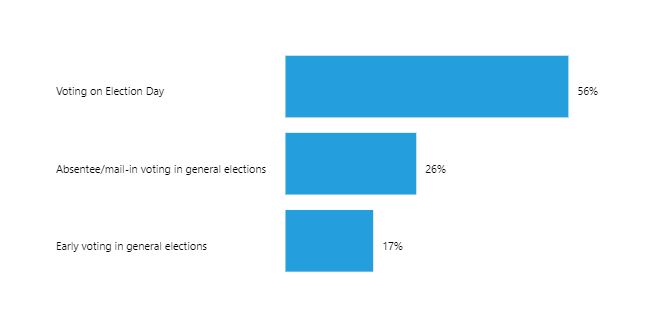Health
How COVID-19 is changing primary voting—and the November election

The 19.5 million cases reported in the eight weeks since Thanksgiving 2021 is 70% higher than the same eight weeks following Thanksgiving 2020. All but three states have had more cases this winter compared with COVID-19’s first winter wave, which was deadliest period of the pandemic.
While cases are higher than ever, numbers that measure the severity of the virus — like hospitalizations and deaths — have not increased by the same amount. During the eight weeks since Thanksgiving, COVID-19 deaths and hospitalizations are 50% and 21% lower respectively than the year before.
These trends vary nationwide.
Tennessee had lower case counts compared with the previous year, with 4% fewer people testing positive than last winter. Meanwhile, the state had 4,727 deaths in the last eight weeks, 631 more than the previous year. One in nearly 1,500 Tennesseans died of COVID-19 since Thanksgiving 2021, nearly three times higher than the national death rate. Idaho, Montana, and Oklahoma are the other states that have not exceeded the case count from the previous winter.
Cases increased 10% year-over-year in California, one of the smallest increases. The state had 2,500 deaths this winter, 90% lower than the nearly 26,000 deaths during the same period in 2020. California has the lowest death rate of any state this winter.
Washington, DC had a higher hospitalization rate — adult and pediatric combined — than any state during both pandemic winters. Yet, while the city’s cases quadrupled compared to last winter, its hospitalization rate dropped by 26% and deaths dropped by two-thirds.
As with the first pandemic winter, cases began to fall within the Omicron wave during the second week of January. It’s too early to say that will continue, or when this wave will end. Data from the coming weeks will help produce a clearer picture of Omicron’s severity and the impact of vaccinations. Track the data on the cases and deaths dashboard and vaccine tracker.
Newsletter
Keep up with the latest data and most popular content.